Since the 19th century, the Basilica of Notre-Dame de Fourvière has dominated the city’s historic center from atop a hill. It is undoubtedly one of Lyon’s must-see attractions. Its long history and unique architecture make it an icon of the capital of the Three Gauls.
With more than two million visitors each year, Our Lady of Fourvière is the cornerstone of the entire historical and religious complex of Fourvière Hill, aptly nicknamed “the Hill that Prays.”
Basilica of Our Lady of Fourvière: A Brief History
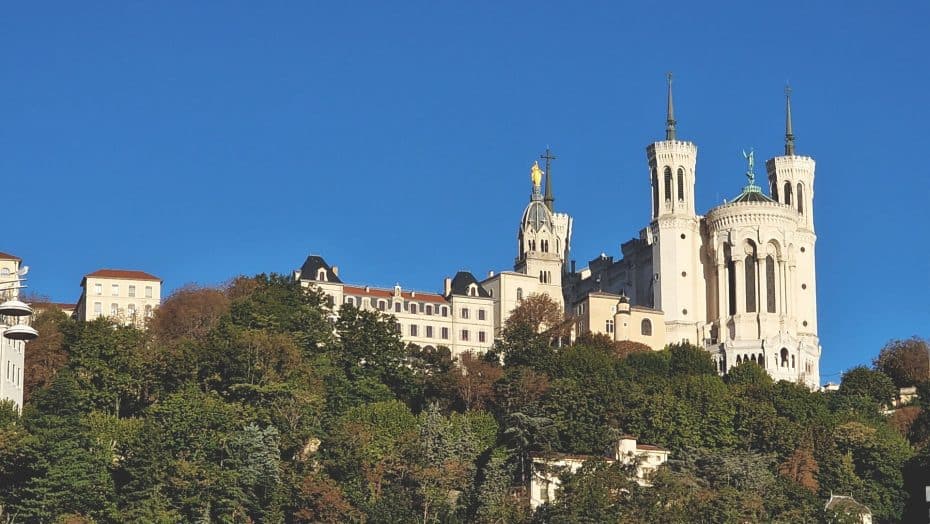
The human history on the hill of Fourvière dates back to Antiquity. This hill was originally named after the Gallic god Lug. The Romans chose it in 43 B.C. to establish a new city bearing the name of Lugdunum, meaning the hill of Lug.
This hill is marked by its cultural, religious, and spiritual dimensions, as evidenced by the remains preserved in the Gallo-Roman Museum of Fourvière, situated next to the Old Theater. It is also on this hill that Saint Pothinus was martyred.
The basilica, a relatively modern architectural jewel, was built on the same site as the ancient forum of Trajan, or Forum Vetus, which is the origin of its current name.
In 1168, the first church at the current basilica’s site was built dedicated to St. Thomas of Canterbury and later to the Virgin Mary. In the 17th century, it became a destination for an annual pilgrimage to ask the Virgin Mary to eradicate a plague epidemic afflicting the population of Lyon.
In the 19th century, on December 8, 1852, a golden statue of Mary was erected on the bell tower. To celebrate the occasion, the people of Lyon lit lanterns in their windows. Since then, Lyon residents have continued placing lanterns in their windows every December 8th. This tradition led to the Festival of Lights (Fête des Lumières de Lyon).
Finally, in 1870, the proposal to build a basilica that would welcome pilgrims to the hill and serve as a token of gratitude for the city’s protection during the Franco-Prussian War was approved.
Construction began in 1872 and was completed in 1897. Due to unstable ground, the foundations were set at 22 meters (72 feet) deep.
Notre-Dame de Fourvière in Lyon: Architecture and Style
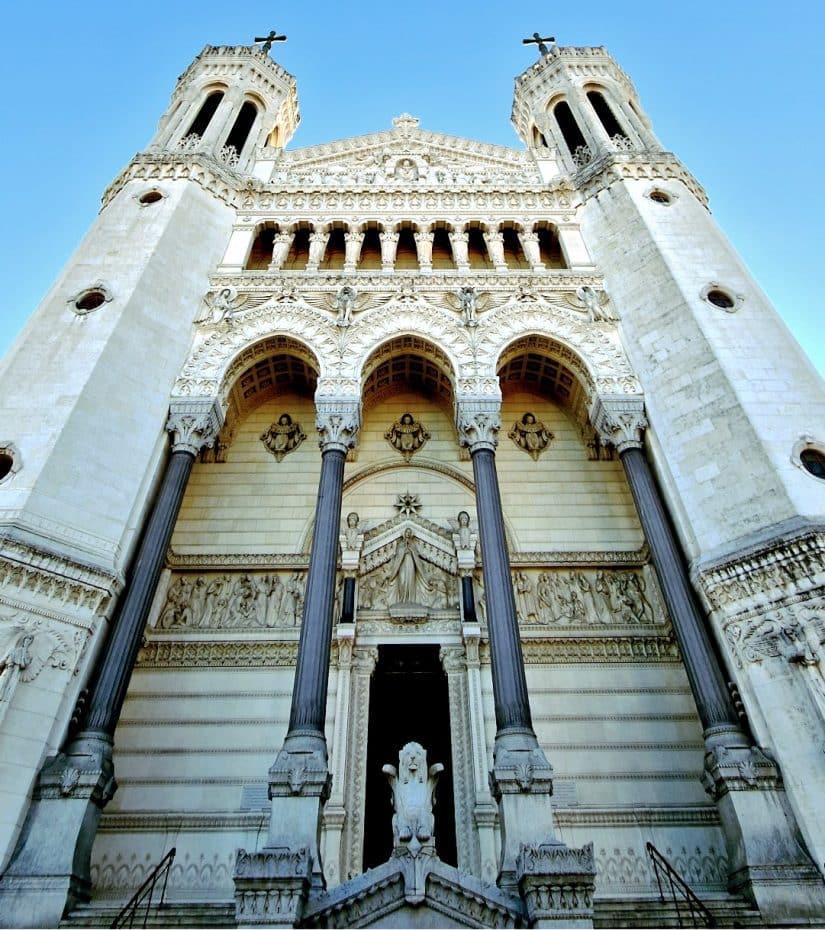
This enormous basilica, measuring 86 meters (282 feet) in length and 35 meters (115 feet) in width, was designed by Pierre de Bossan, who drew inspiration from various artistic movements to achieve this impressive result.
The combination of Gothic and Romanesque styles influences its substantial volume and spatial organization, while the Byzantine inspiration gives it a unique identity.
It has four towers, each 48 meters (157 feet) high, representing the cardinal virtues: Prudence (northeast tower) and Temperance (southeast tower) face the city of Lyon. In contrast, Strength (northwest tower) and Justice (southwest tower) overlook the esplanade.
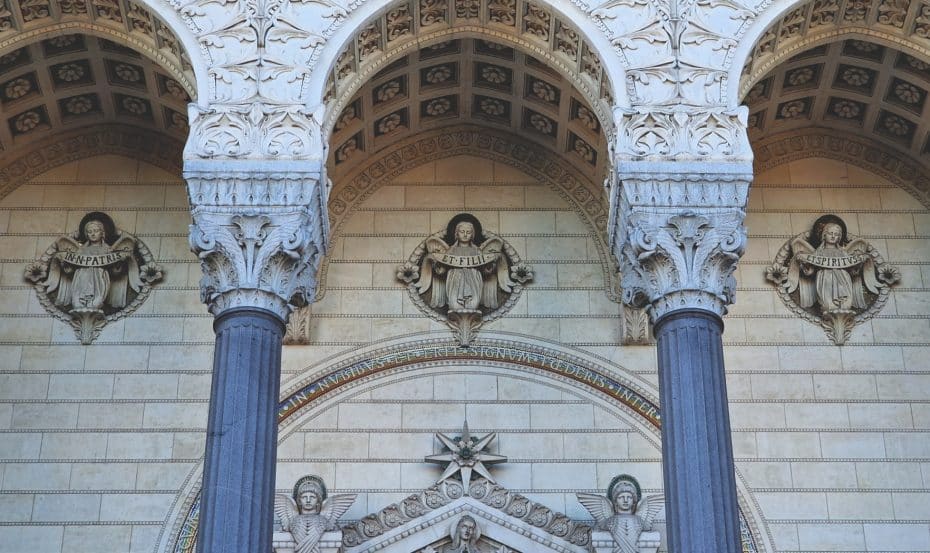
The interior of the Basilica of Notre-Dame de Fourvière comprises two superimposed churches with extraordinary volumes, accessible through the esplanade.
The upper church is dominated by three domes and brightened by six stained-glass windows that bring in light, highlighting a rich decoration. The materials used for decoration include white Carrara marble, pink granite from Northern Italy, blue Savoy marble, green onyx, shards of silver, gold, ebony, and ivory.
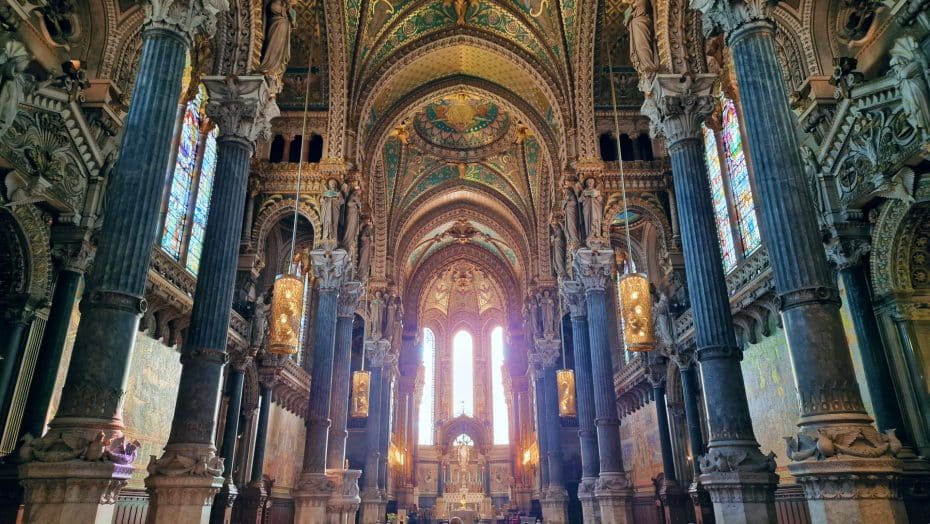
Comprised of three large halls and three vaulted bays with arches, the entire high church is supported by sixteen columns. There are eight chapels, and the apse is illuminated thanks to seven high windows. On the lateral walls, six mosaic panels, each covering 50 square meters (about 538 square feet), by Charles Lameire and Georges Décote, illustrate on the left the relationship of the Virgin Mary with the Church and on the right her relationship with France.
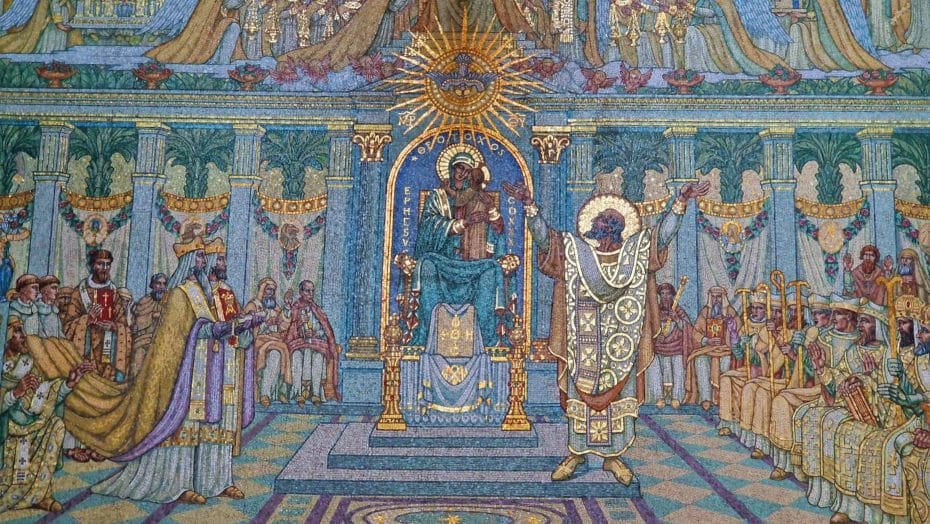
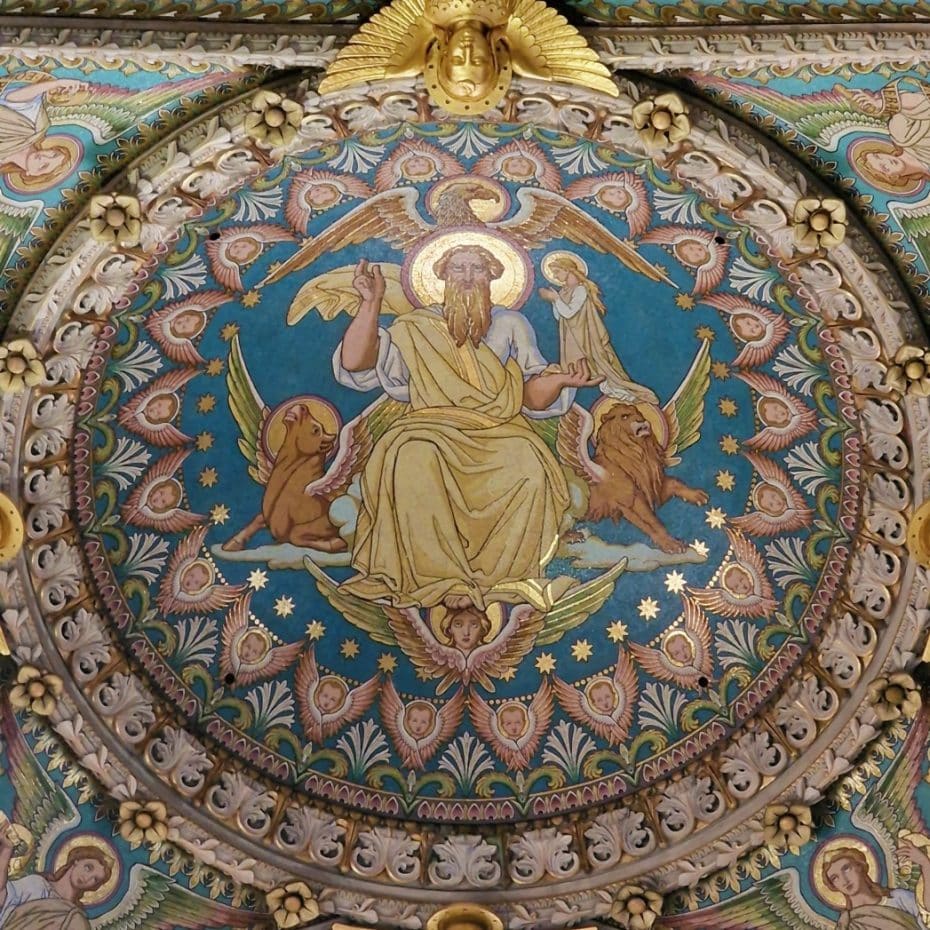
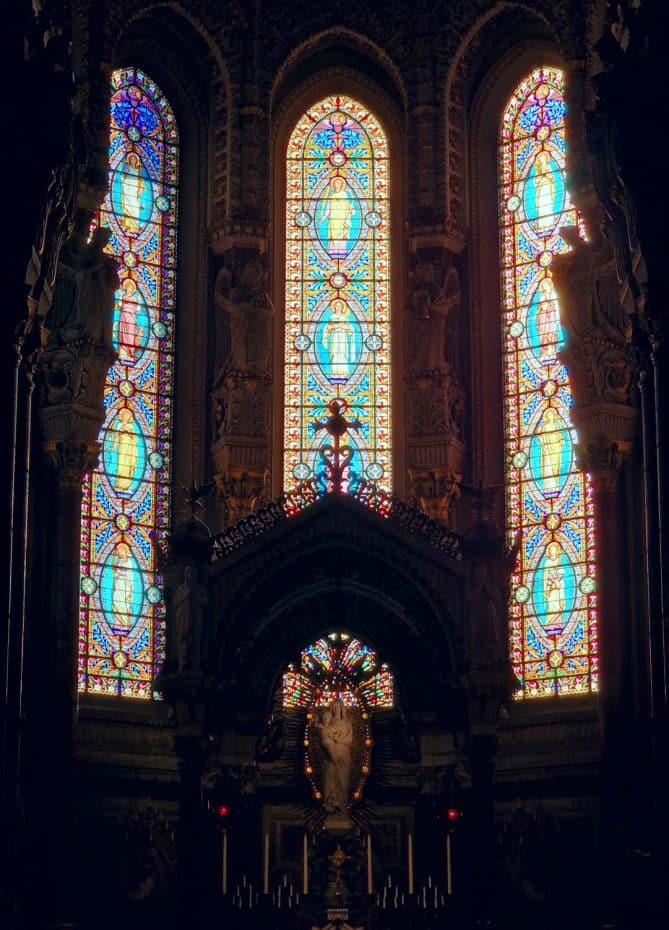
The Views from Fourvière Basilica
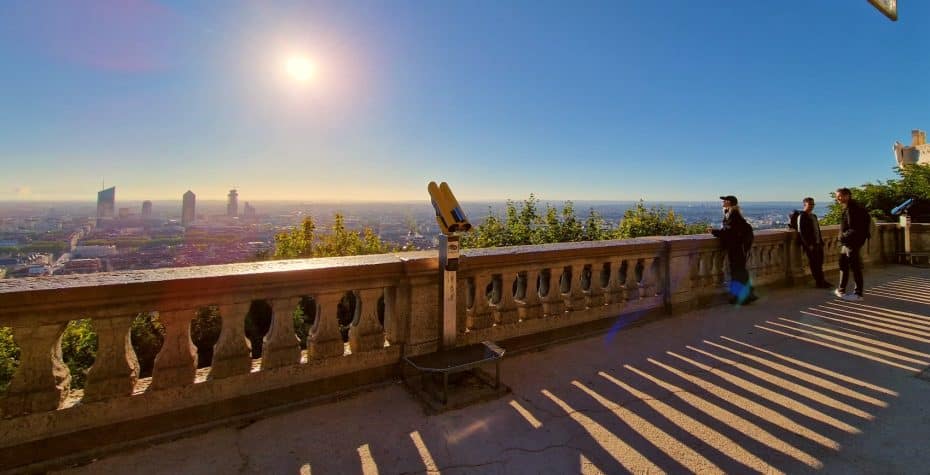
The Fourvière panoramic terrace is one of the top tourist attractions in Lyon.
From the esplanade, on clear days, the view stretches all the way to the Alps, 160 kilometers (100 miles) away. Weather permitting, one can spot the trapezium shape of Mont-Blanc and the Vercors range.
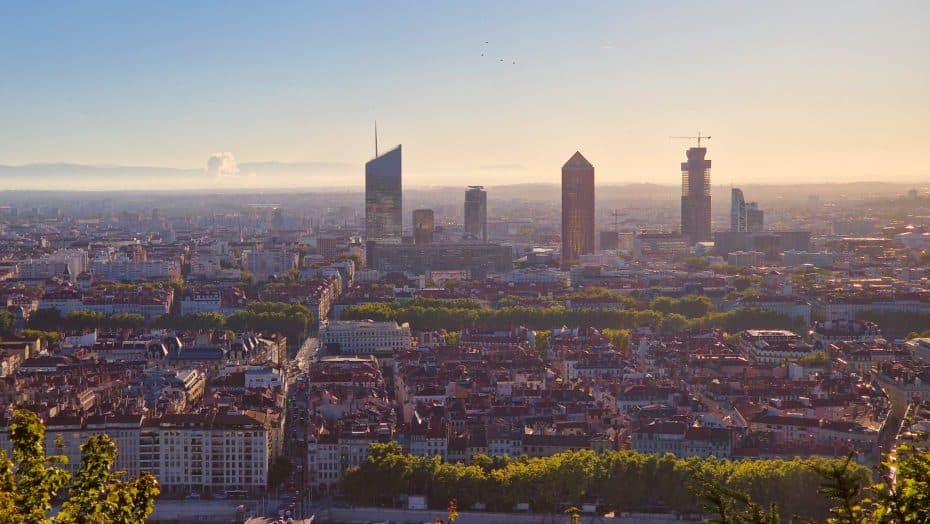
Closer by, we have almost all of Lyon at our feet. Directly below, you’ll see the nave of Saint-Jean Cathedral, the banks of the Saône River, Bellecour Square, and the semi-cylindrical roof of the Opera House, fittingly nicknamed “the barrel.”
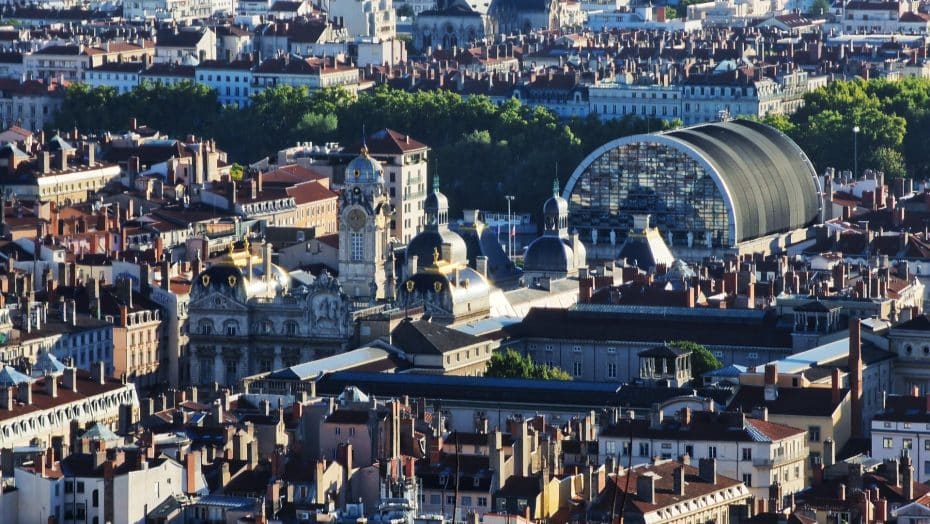
Farther to the south, you can marvel at the confluence of the Rhône and Saône rivers, and directly ahead in the distance, you will see the roof of the new building of the Rhône-Alpes Regional Council. Commanding your attention is “The Pencil,” a nickname for the Part-Dieu Tower, which at 165 meters (541 feet) is the tallest tower in Lyon.
Basilica of Notre-Dame de Fourvière: Useful Information for Your Visit
How to get to Fourvière Basilica
You can reach the Basilica and Fourvière Hill by various means of transport. The funicular is probably the least exhausting and most unique option. This mode of transport, inaugurated in 1900, allows you to overcome the steepness of the hills for a not-so-tiring journey from Old Lyon.
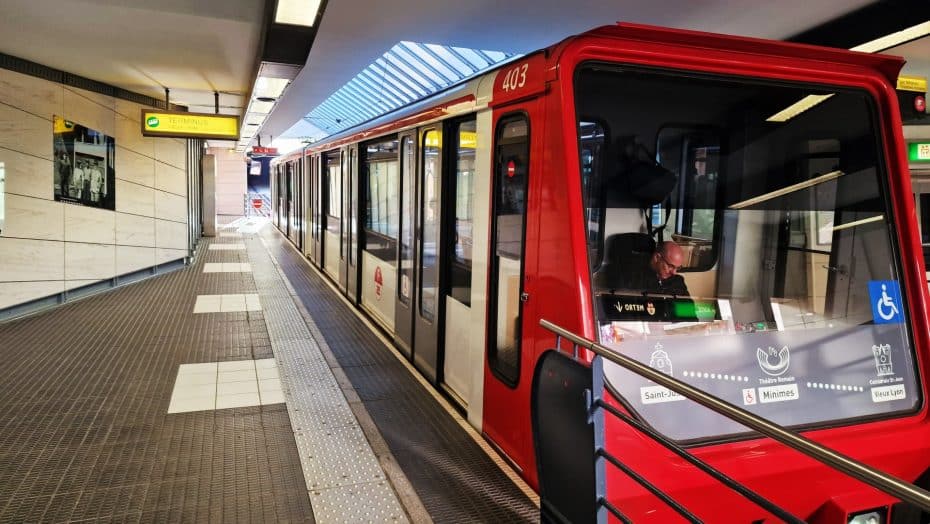
Its red and white cars operate thanks to a well-maintained period machinery. The most direct funicular is the one to Fourvière, which drops you off at the foot of the esplanade and the Basilica. You can take the one leading to Saint Just for a more scenic tour. You will have to walk about 20 minutes and climb more, but it will allow you to pass in front of the Roman theaters.
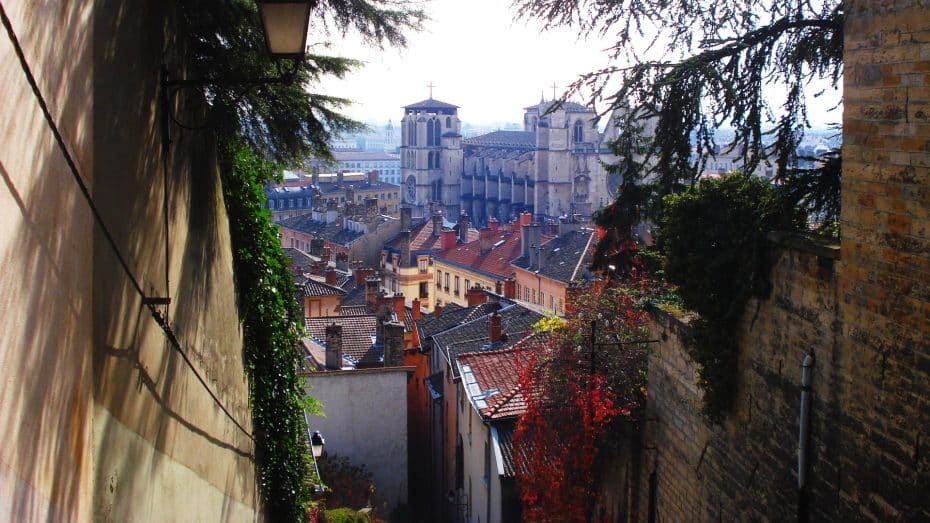
For the more adventurous, it is also possible to climb on foot. The elevation is significant but the visit is well worth the detour, and the route offers some viewpoints over the city that encourage us to continue the ascent. From the Saint Jean district, you can climb via the côtes des Chazeaux and then Saint Barthélémy to reach the Rosary Gardens and continue walking up to the Basilica. From the Saint Paul neighborhood, you access it via the côte de Saint Barthélémy and from there reach Fourvière.
Lastly, Lyon’s Tourist Bus also stops on Fourvière Hill. This kind of tourist transport has the main advantage of allowing you to hop on and off freely at any of its 14 stops to visit the city’s main museums and monuments.
Fourvière Hill: Opening Hours
The esplanade surrounding the Basilica of Fourvière is open to the public every day from 7:00 AM until 10:30 PM, allowing you to enjoy it both in the morning and at night to admire the sunset over Lyon.
The basilica itself opens its doors from 7:00 AM to 7:00 PM. Although individual visits are still possible during services (usually at 7:30 AM, 11:00 AM, and 5:30 PM), group tours are suspended to avoid disturbing mass.
Please note that these schedules may change, and you can find the latest updates on the basilica’s official website (available in French and English).



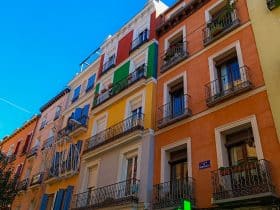
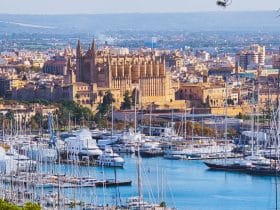
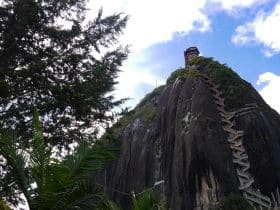
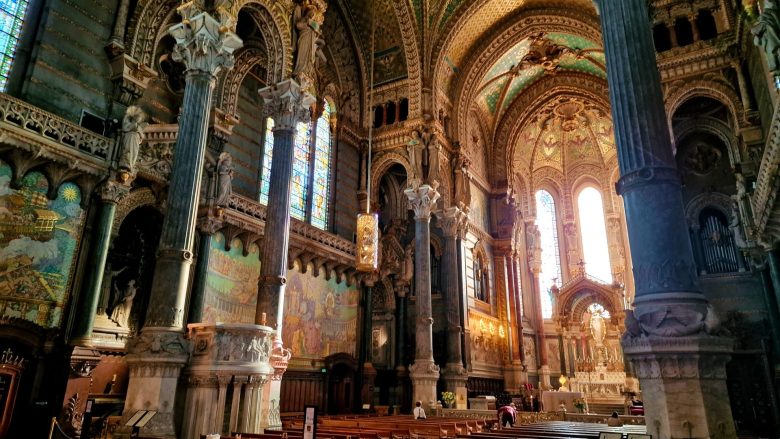
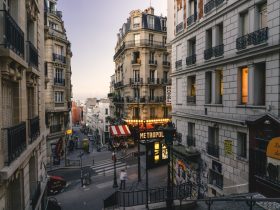
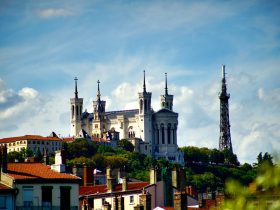
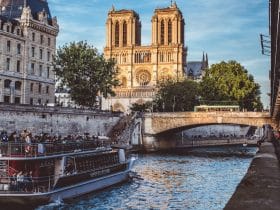
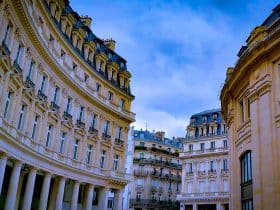
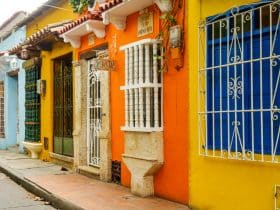

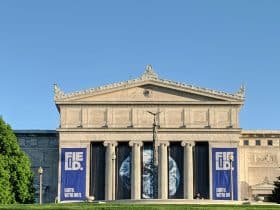








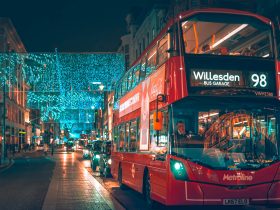



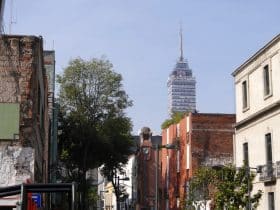
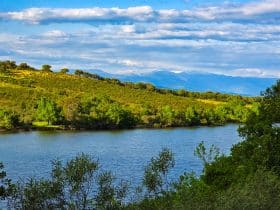
Leave a Reply
View Comments